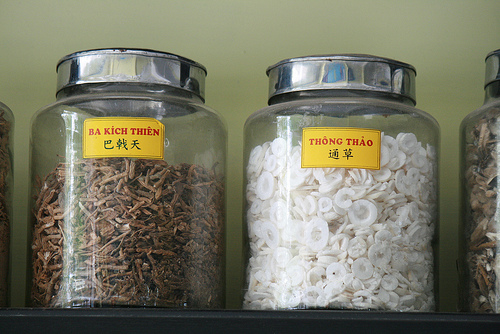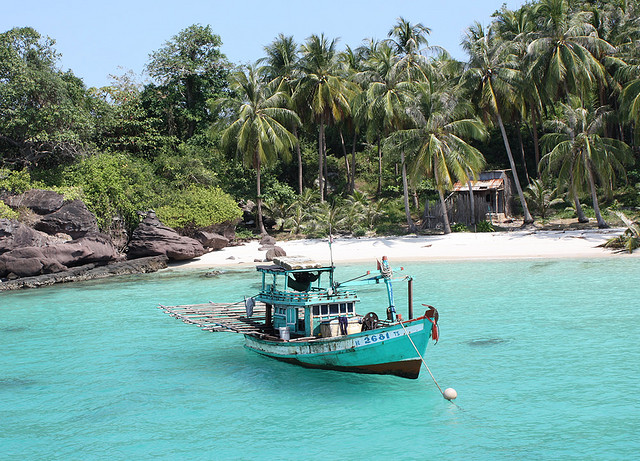Vietnam is a country with people proud of their culture and heritage. While the Vietnamese are quite welcoming to foreigners, knowing a little about Vietnam’s Customs and greetings will win you points with the locals. Here are some of the more common etiquette practices that you will find useful whether you are in the country for a business trip or a holiday.
Greeting
The traditional Vietnamese greeting is done by pressing the palms of your hands together and doing a slight bow. Since Western influence has become stronger in the past few years, it is perfectly acceptable to shake hands in greeting.
However, traditional Vietnamese sensibilities still hold strong. Shaking hands are accompanied with a slight bow of the head. If you are meeting an older person or a woman, wait for them to take the initiative. If they do not extend their hand in greeting, a slight bow or nod will suffice.
Similarly, shaking hands or nodding in acknowledgement when departing is also accepted.
If you wish to greet someone with a traditional Vietnamese greeting, make sure to have someone teach you the proper way of saying it. Their language is very tonal, and the meanings of one word can change depending on how you say it.
Daily Dealings
For the Vietnamese, it is impolite to point to anything or anyone with your finger. Rather, make a gesture of presentation by using your open palm to indicate what you are talking about.
It is also considered rude to ask someone to come closer by crooking your finder. Instead, extended your arm with the palm down and move your fingers downward.
When you are handing someone an object, use both your hands. Refrain from touching another person’s head, particularly a child’s. Holding hands is also frowned upon, and it is also unacceptable for couples to be affectionate in public.
Home Visits
If you are visiting someone’s home, bring a hostess gift. Items that can be used at home like soap are welcome. If you know beforehand that there will be elderly or children present, bringing them gifts is also acceptable.
As with many Asian countries, the Vietnamese make the practice of leaving footwear outside their homes to prevent dust from tracking in. Do not use your feet to point at anything, especially towards an altar or anything that is considered sacred.
Eating
The Vietnamese eat their food with chopsticks. That said, never poke your chopsticks upright in a rice bowl (or in any dish for that matter). Instead, place them on the side of your bowl or across on top of it. Never tap the sides of the bowl, particularly if you are eating rice, and try to finish everything.
If you are invited to someone’s home to eat, wait for you to be shown where you will seat. Do not sit down until the eldest member of the household does so. Your host will also serve you your food, but if you feel that you have enough, politely cover your bowl with your hand to turn down additional servings.
Business Etiquette
When business people meet each other for the first time, it is considered polite to exchange business cards. Give your business card using both hands, and receive cards in the same manner.
Meetings are set in advance. As with anywhere around the world, punctuality is important. Arrive on time for meetings, and if you are going to be late, let them know.
Saving Face
Like most Asians, the Vietnamese consider saving one’s face very important. Preserving one’s pride and dignity is crucial for the Vietnamese and should be taken seriously. Because of this, most conversations will not involve direct put-downs or agreements in order to avoid conflict or unpleasantness. Foreigners who are not used to this roundabout way of talking may find it frustrating, but will be rewarded for being patient.
Dress Code
Despite strong influences from the West and modern sensibilities, Vietnamese on the whole are rather conservative. Women should wear modest, non-revealing clothing and apply make-up with a light hand, particularly if visiting places of worship or attending business meetings.
Men are expected to don smart casual to business formal clothes when attending corporate meetings or events.
The Vietnamese are on the whole are welcoming and tolerant of foreign visitors. Take time to observe how people deal with each other and follow their footsteps. Knowing that you made the effort to know they do things will endear you more to the locals and may be of help as you explore their beautiful country.



